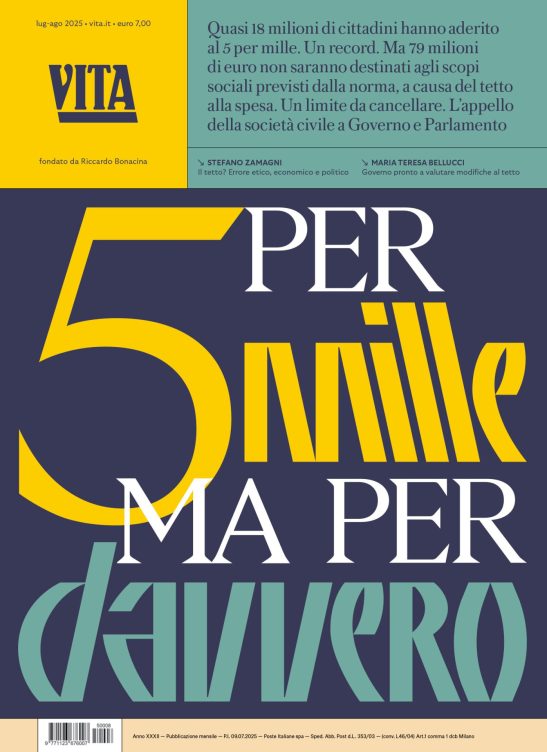Cultura
Hungary: innovations in ngo financing
Miklos Barabas reports about the The Hungarian 1 per cent law which gives the possibility to every taxpayer to specify an NGO to which 1 per cent of his/her income tax is allocated
Numerous financial schemes assist the work of NGOs from EU grant schemes through national 1 per cent allocations to private giving. But is there a way forward in NGO financing? The answer is a resounding yes as the conclusions are drawn from Hungary?s recently established National Civil Fund (NCF).
The Hungarian 1 per cent law was passed by the Parliament in 1996 which gives the possibility to every taxpayer to specify every year an NGO to which 1 per cent of his/her income tax is allocated (another per cent can be given to churches). The new scheme quickly became popular and in 2005 the income of NGOs from the 1 per cent scheme reached 28 million euros. The sum is respectable but could be even higher as it is only about 64 per cent of the annually available 44 million euros. From its introduction the question was always raised: how to make available for NGOs the remaining sum, which ? hence not allocated ? remained in the national budget and used by the state?
This notion gained momentum and government support in 2002 when, following a survey which concluded that the level of state contribution to NGO income in Hungary (28,4%) falls behind the same figure in the member states of the European Union (40-60%), the goal was set out to decrease the difference and increase state support to NGOs. As a result Prime Minister Péter Medgyessy announced at Civiliáda, the annual exhibition of Hungarian NGOs on 26 September, 2002, the setting up of a new, innovative financial scheme for NGOs financed from the national budget and independent from party politics.
After extensive consultations with NGOs the Hungarian Parliament passed Act L on the National Civil Fund on 23 June, 2003. The law identifies the 1 per cent allocations as its reference, which means that the NCF has the same amount from the national budget every year as 1 per cent allocations offered by taxpayers. In practice it meant the duplication of the above mentioned 28 million euros in 2005.
But what makes the NCF unique and independent compared to other state funds? The answer lies in the structure of the NCF decision-making process where 1. NGO representatives have a majority in the different bodies and 2. they are not appointed but elected in 7 regional and 5 thematic electoral meetings (for 3 years).
NCF applications are assessed and grants awarded by 11 decision-making bodies (colleges) with 11 members each. There are 7 territorial colleges representing the 7 regions of Hungary: Central Hungary, Central Transdanubia, Western Transdanubia, Southern Transdanubia, Northern Hungary, Northern Great Plain, Southern Great Plain; and 1 college for NGOs working on the national level. These 8 colleges only award grants to cover subsistence costs. The extra 3 are thematical colleges: services, co-operation, international and award grants for programmes.
The council is the governing body of NCF. It does not distribute money directly but defines the distribution of the annual available sum among the colleges, sets up and dissolves colleges etc. It has 17 member, 12 elected NGO representatives, 3 members appointed by the government and 2 members identified by the Hungarian Parliament.
All (currently about 50,000) NGOs are eligible to apply for funding from the National Civil Fund and last year over 10,000 applications were considered positively.
The introduction of the NCF is an important source of funding today and contributes greatly to the development of the Hungarian nonprofit sector.
17 centesimi al giorno sono troppi?
Poco più di un euro a settimana, un caffè al bar o forse meno. 60 euro l’anno per tutti i contenuti di VITA, gli articoli online senza pubblicità, i magazine, le newsletter, i podcast, le infografiche e i libri digitali. Ma soprattutto per aiutarci a raccontare il sociale con sempre maggiore forza e incisività.
